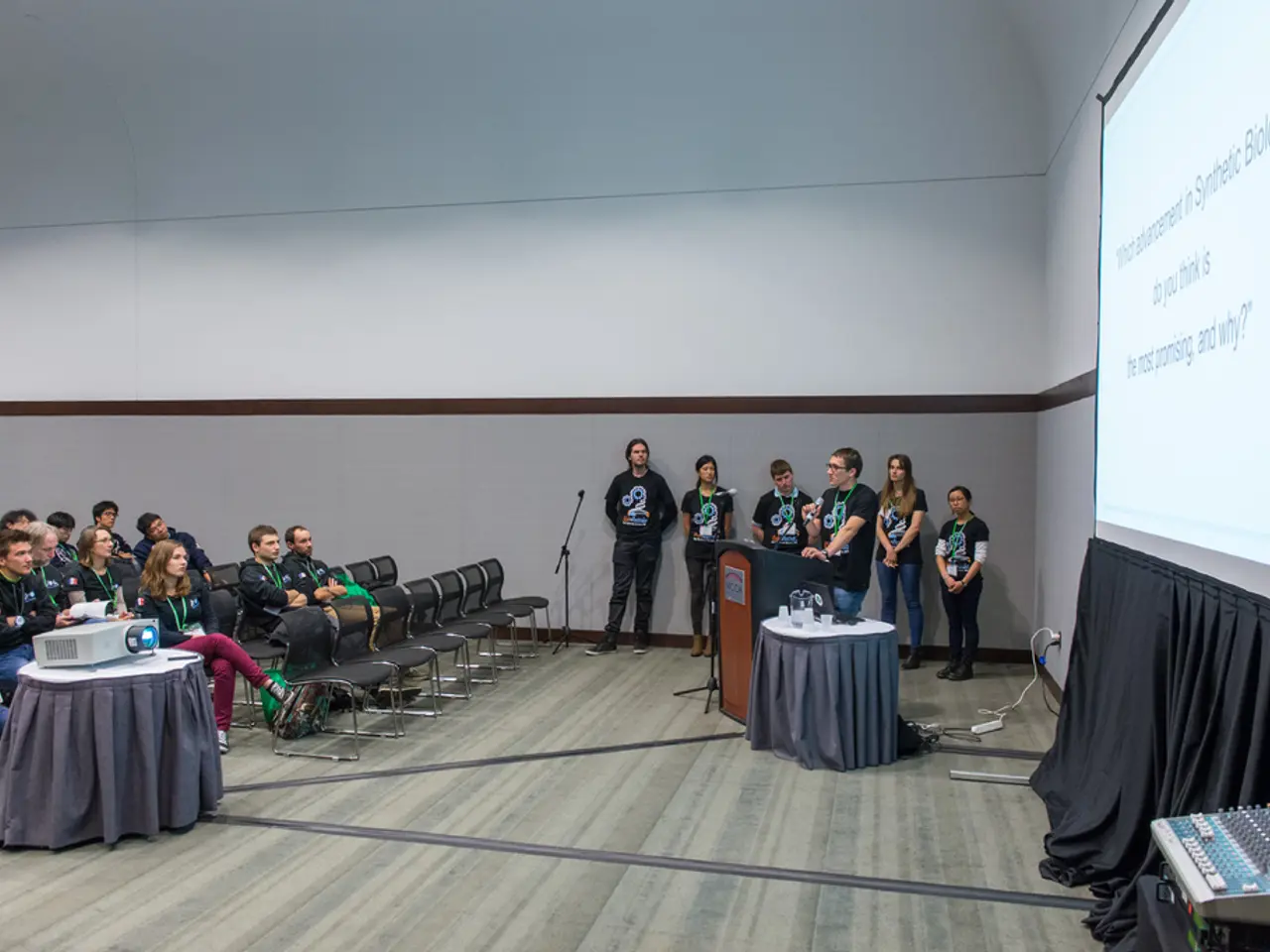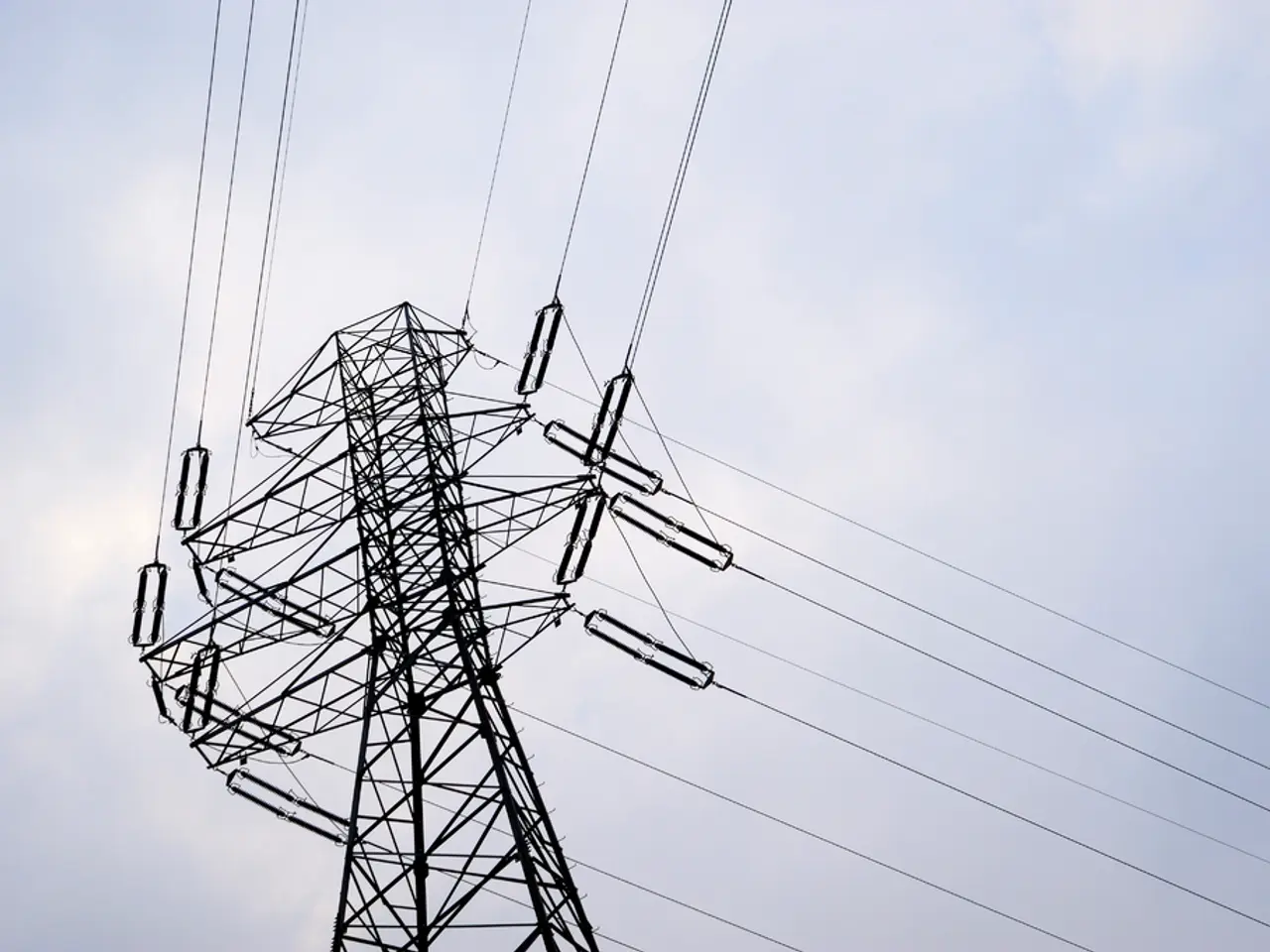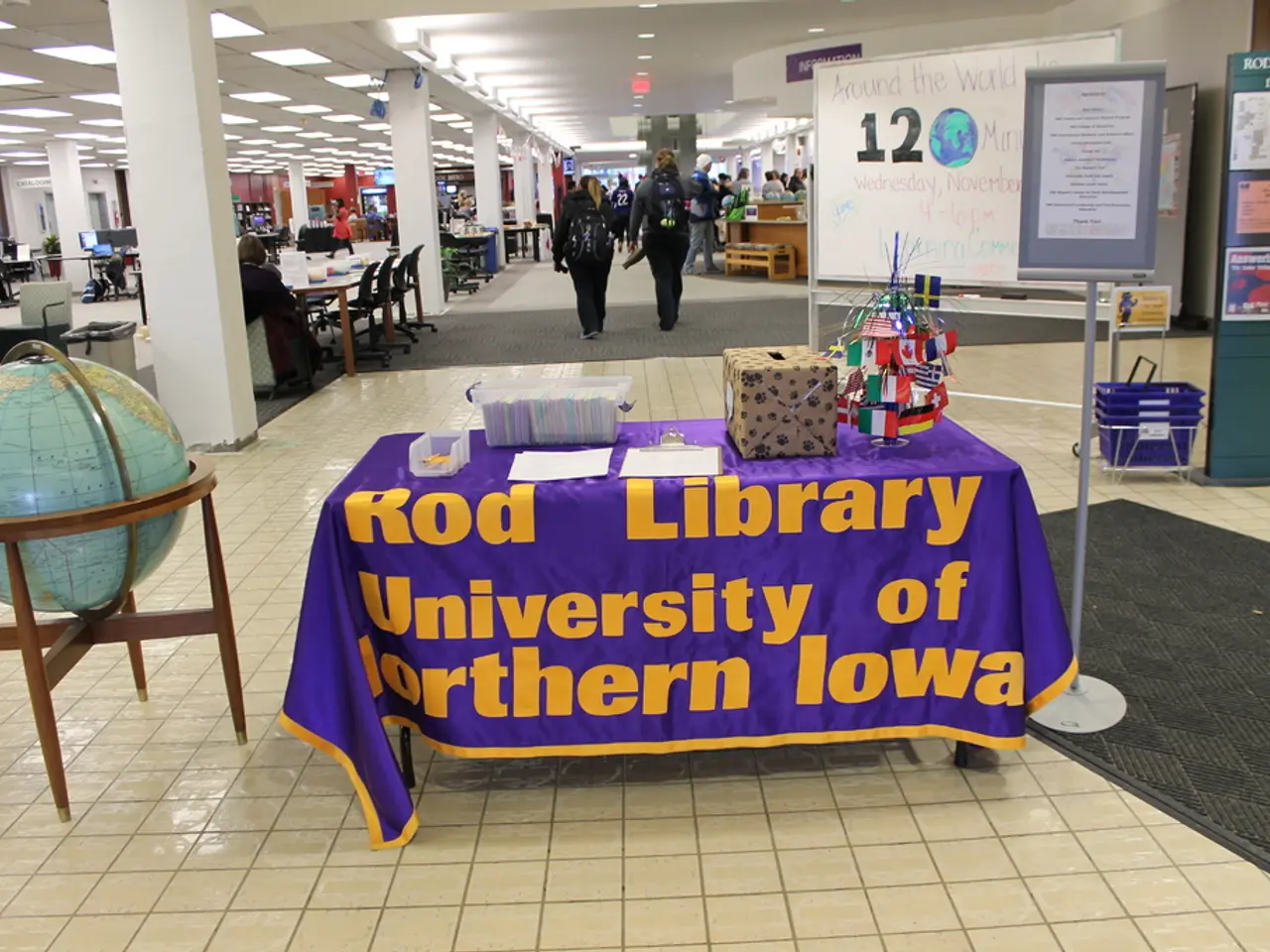Political Discussions Shifting to Video Platforms: Insights into Campaign Strategies and Government Meetings
In the modern digital age, video conferencing has emerged as a cornerstone technology for both governments and political campaigns, revolutionising the way they communicate, collaborate, and engage with their constituents.
For governments, video conferencing offers a secure, real-time platform for collaboration across offices and remote teams. This is particularly crucial for critical mission operations such as public health responses and national security. To ensure the highest level of security, governments rely on highly secure, compliant video conferencing solutions, such as TAA and NDAA-compliant products, integrated with FedRAMP-authorized platforms like Microsoft Teams and Zoom for Government. This helps protect sensitive data and meet federal procurement standards, thereby accelerating decision-making, reducing costs, maintaining operational continuity, and attracting talent in hybrid work environments.
Political campaigns, on the other hand, utilise video conferencing to connect with voters, volunteers, and supporters remotely for outreach, organising, and fundraising activities. Video conferencing facilitates relational organising, enabling volunteers to engage their own social networks authentically. Campaigns increasingly leverage advanced technology features to automate contact assignment, personalise interactions, and boost grassroots mobilisation, with video conferencing complementing these efforts through virtual meetings and events.
Both governments and campaigns benefit from virtual town hall meetings conducted over video conferencing platforms. These meetings allow leaders to inform and engage constituents interactively, overcoming geographical barriers. Success depends on ensuring proper internet connectivity, balancing video/audio quality with bandwidth, selecting platforms aligned with audience and event size, and including interactive features like live Q&A and polling to enhance public participation.
Video conferencing offers numerous benefits for both governments and political campaigns. It enhances personal connection by seeing and hearing candidates directly, fostering a deeper sense of engagement and proximity. It helps make government operations more efficient and effective, allowing candidates to reach a wider audience, and helping political campaigns reach a more significant, diverse group of people. Video conferencing is a cutting-edge technology that governments are using to bridge the communication gap, and political campaigns are using to connect with constituents and voters on a global scale.
To ensure effective video conferences, both governments and campaigns follow best practices. These include dressing professionally, testing the audio and video before the call begins, using a headset or earbuds, speaking clearly, avoiding eating, drinking, or smoking during the call, being aware of body language, exiting the call gracefully, being prepared before the call, and testing equipment beforehand. Keeping sessions short and focused is also important for effectiveness and respecting participants' time.
In summary, video conferencing is a transformative technology for both governments and political campaigns, enabling secure, efficient, and interactive communication that expands reach and impact while meeting stringent regulatory requirements. It promises to revolutionise political campaigning by allowing candidates to reach a wider audience, increase participation by allowing a broader, more diverse audience to join campaigns, regardless of geographic constraints, and provide many benefits for political campaigns and governments, including connecting with people worldwide, getting immediate feedback, holding meetings without traveling, and saving time and money.
- Politicians in modern politics are consulting technology experts to integrate advanced features into their video conferencing platforms, aiming to personalise interactions, automate contact assignment, and boost grassroots mobilisation within their campaigns.
- In addition to facilitating communication and collaboration, video conferencing resources are also used by politicians to advertise their campaigns and share general news with a wider audience, thereby playing a significant role in the digital age of politics.
- As the use of video conferencing in politics continues to grow, it is crucial for politicians, regardless of their government affiliations, to adhere to best practices such as dressing professionally, maintaining proper body language, and ensuring high-quality audio and video for successful and engaging video conferences.




